Bird migration is one of nature’s most spectacular, cyclical phenomena. Not all birds migrate—resident species can remain if local climate, food, and breeding needs are met year-round. For species that “change seasons,” migration is written into a biological clock and repeated annually.

Migratory birds are species (flying or flightless, aquatic or terrestrial) that travel at set seasons to reach regions where they can meet food and breeding needs.
Common traits:
Endurance-optimized bodies: wing and flight-muscle proportions support long flights; many species hyper-accumulate fat as fuel before departure.
Adaptive immunity & metabolism for exposure to new parasites and pathogens along routes.
Seasonal physiological plasticity: some change plumage, body mass, even organ size (e.g., gut downsizing) in migration season.
Remarkable orientation: they combine solar/stellar “celestial compasses,” the Earth’s magnetic field, landmarks, and even olfactory and soundscapes to stay on course.
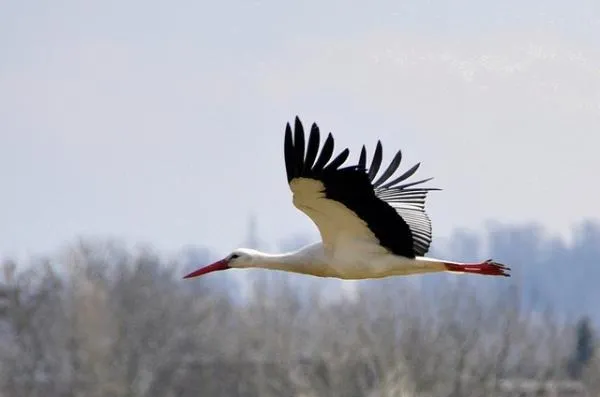
Internal timing: circadian and circannual rhythms (shaped by day length, temperature, hormones) cue departure.
Navigation toolbox
Sun & stars for daytime and nocturnal headings.
Magnetoreception in the eye and trigeminal system acts as a “magnetic compass.”
Cognitive maps: young birds start with an innate direction–distance template; adults refine routes by memory into detailed mental maps.
East Atlantic Flyway: links European breeding grounds with West African wintering areas.
Central & South Asian Flyway: spans Central Asia/foothills of the Himalaya toward the Indian subcontinent.
Pacific Flyway: runs from Alaska and NE Asia down the Pacific coasts to Oceania and the South Pacific.
Each entry lists English name — scientific name — quick note for easy on-site presentation.
White Stork — Ciconia ciconia
Thermal-soaring specialist; crosses the Mediterranean/Sahara with minimal flapping.
Black Kite — Milvus migrans
A flexible scavenger; long glides with tail steering, thrives in human-modified landscapes.
Booted Eagle — Hieraaetus pennatus
Medium raptor migrating between Mediterranean woodlands and Sahelian zones.
Western Marsh Harrier — Circus aeruginosus
Wetland raptor tracking reedbeds and deltas along the route.
Barn Swallow — Hirundo rustica
Iconic farm companion; combines landmark and magnetic cues on trans-Saharan trips.
European Honey-buzzard — Pernis apivorus
Specializes on wasp brood and combs; mass movements over the Mediterranean each fall.
European Starling — Sturnus vulgaris
Famous for winter murmurations; parts of the population migrate long distances.
Sand Martin — Riparia riparia
Cliff/nest-bank tunneler; migrates in bands along rivers and coasts.
Eurasian Teal — Anas crecca
Small dabbling duck forming large winter flocks across Atlantic wetlands.
Common Swift — Apus apus
The “life in the air” bird—feeds, sleeps aloft; full Afro-Palaearctic commuter.
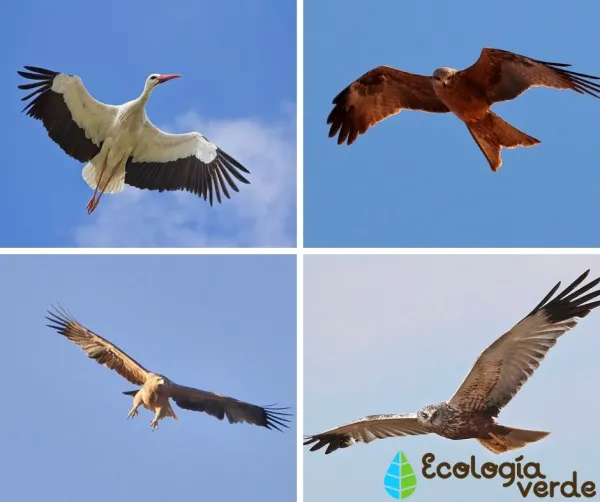
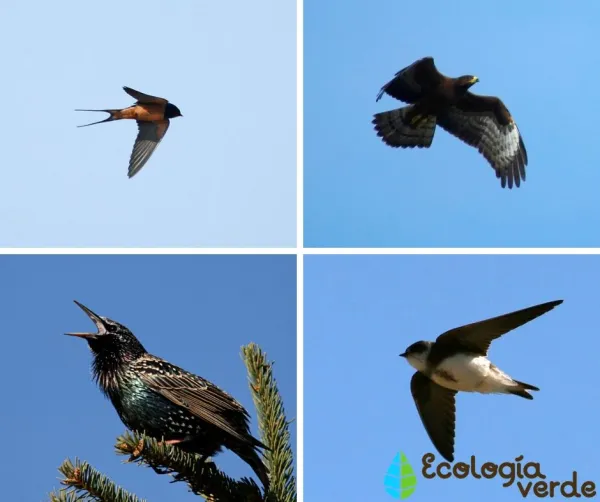
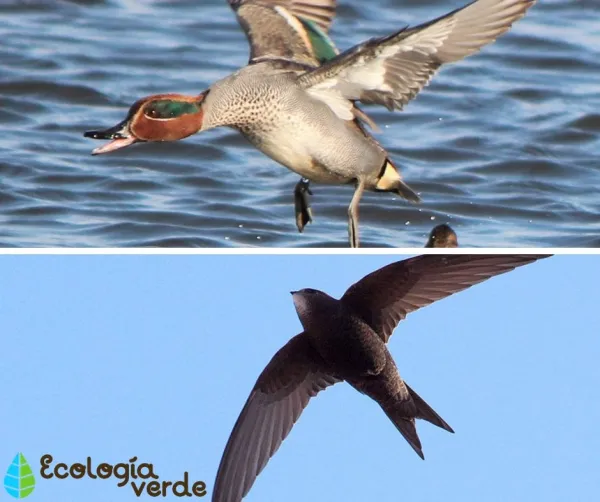
Eurasian Spoonbill — Platalea leucorodia
Side-sweeping bill for shallows; depends on a chain of inland lakes and estuaries.
Glaucous Gull — Larus hyperboreus
Robust Arctic gull; some winter south to Eurasian coasts and offshore waters.
Common Crane — Grus grus
Social formations over steppe and mountains; winters around the Mediterranean and India.
Common Reed Bunting — Emberiza schoeniclus
Small passerine moving along reedbeds of Europe and Asia.
Willow Warbler — Phylloscopus trochilus
~10–12 g but a true intercontinental flier; high fat loads enable marathon legs.
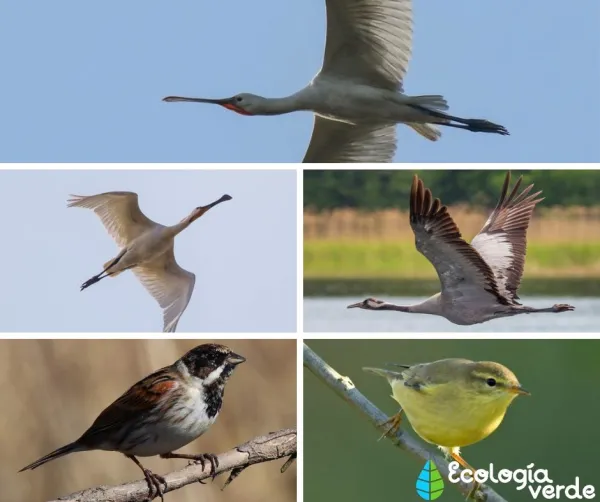
Bar-tailed Godwit — Limosa lapponica
Non-stop champion: Alaska to New Zealand in a single flight of 10,000+ km.
Arctic Tern — Sterna paradisaea
Annual distance record holder: from Arctic breeding grounds to Antarctic seas and back (tens of thousands of km/year).
Sooty Shearwater — Ardenna grisea
Classic oceanic migrant; cross-equatorial loop tracks currents and productive fronts.
Red Knot — Calidris canutus
Reliant on critical tidal flats for mass refueling; a high-priority conservation species.
Swainson’s Thrush — Catharus ustulatus
Breeds in North American conifer forests, winters in tropical South America; a night migrant guided by stars and magnetism.
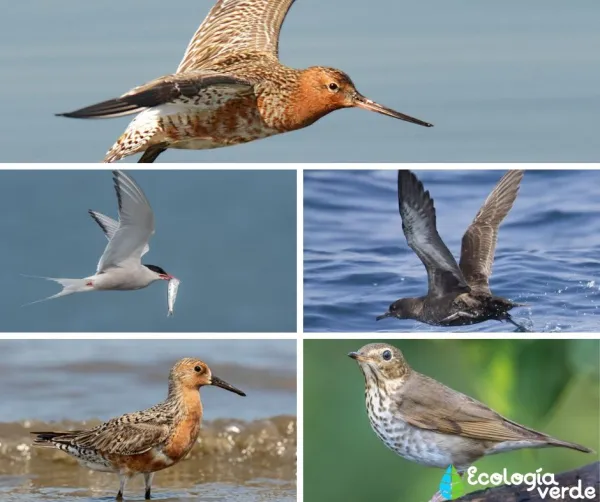
Complete vs. partial migrants: northern populations may fully migrate; temperate ones may only shift short distances in harsh winters.
Day vs. night migrants: raptors use daytime thermals; many small passerines favor cool, stable night air to save water and avoid predators.
Why stopovers matter: birds need a chain of “fuel stations” (wetlands/tidal flats/fields). Losing one key site can depress survival across the entire flyway.
Climate-change mismatch: advancing springs can decouple migration timing from peak food (e.g., insect hatches), lowering breeding success.
Flyway: continent-scale migration corridors plus networks of staging and stopover sites.
Hyperphagia: pre-migration binge feeding to build large fat reserves (flight fuel).
Celestial/Magnetic compass: orientation using sun/stars and Earth’s magnetic field.
Bibliography
Gwinner, E. (2003) Circumnual rhythms in birds. Current opinion in Neurobiology, Volume 13 (6), pp: 770-778.
Fanjus de Moles, M. L. (2007) Animal navigation. Online journal Investigación y Ciencia, pp: 66-73.
Pérez-Tris, J. & Santos, T. (2004) The study of bird migration in Spain: historical trajectory and future perspectives. Ardeola, Volume 51 (1), pp: 71-89.
Guide to the birds of Spain. SEO BirdLife.
animal tags: migratory birds
We created this article in conjunction with AI technology, then made sure it was fact-checked and edited by a Animals Top editor.